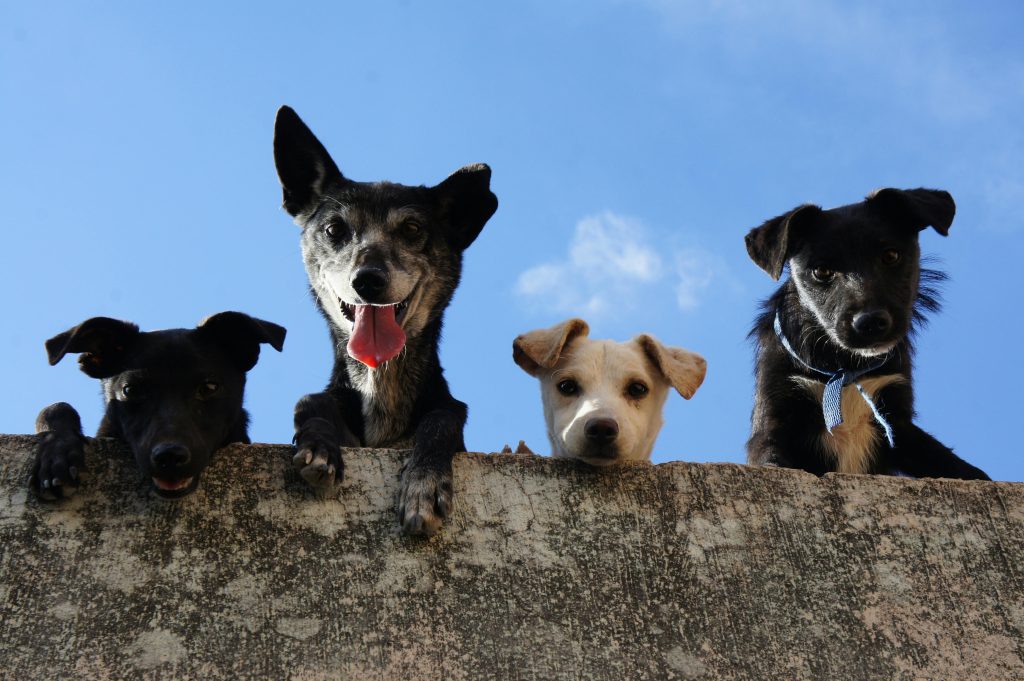All fields are required
Posted in Food Safety,Our Blog on September 19, 2024

Often we hear about recalls involving human foods but did you know there are pet food recalls as well? Today we look at safely handling pet food and how proper practices can keep both our pets and ourselves safe from foodborne illness.
Recently Purina a very popular household name when it comes to pet foods had a recall. Around 1300 reports were received for a variety of Purina pet foods. It took more than half a year to determine the results of the massive investigation.
Following an initial review of the ~1300 Adverse Event Reports (ie., complaints), agency veterinarians established a set of criteria to select complaints for more detailed follow-up. The criteria were:
Out of the 1300 complaints received, 107 met all of the established criteria.
The FDA pursued one or more of the following avenues for each of the 107 complaints flagged for follow-up.
In addition to tests carried out on samples obtained from pet owners, FDA collected 20 sealed product samples from retail settings, representing four brands of Purina pet food. These samples were subjected to the same battery of tests as listed above.
Lab tests did not reveal the presence of mycotoxins, pesticides, phosphine, rancid fat, excess vitamin D, pathogenic bacteria, or excessive heavy metals in any of the samples obtained from pet owners or from retail settings.
Bacillus cereus was found in 17 samples obtained from open packages of pet food collected from pet owners’ homes. Bacillus cereus is a common environmental contaminant, and genetic analysis of the 17 strains showed that they were unrelated to each other. None of the sealed packages of pet food contained Bacillus cereus.
Lab tests were conducted for the following metals and micronutrients: arsenic, cadmium, calcium, chromium, cobalt, copper, iron, lead, magnesium, manganese, mercury, molybdenum, phosphorus, potassium, selenium, sodium, sulfur, thallium and zinc. Findings for metals, including micronutrients, were not of clinical concern, meaning levels were likely too low to trigger animal illness in otherwise healthy pets, according to the FDA report.
There is direction from the FDA about how to safely handle pet food:
FDA thinks that raw pet food poses significant health risks to both pets and pet owners. Because raw pet food is more likely than processed pet food to contain harmful bacteria, such as Salmonella and Listeria monocytogenes, the single best thing you can do to prevent infection with these foodborne bacteria is to not feed your pet a raw diet. However, FDA understands that some people prefer to feed raw pet food diets to their pets. If you choose to feed raw pet food, you should be aware of the risks.
For more information about keeping your pets (and yourself too) safe from food recalls and to learn more food safety tips please keep an eye on Make Food Safe for daily updates.